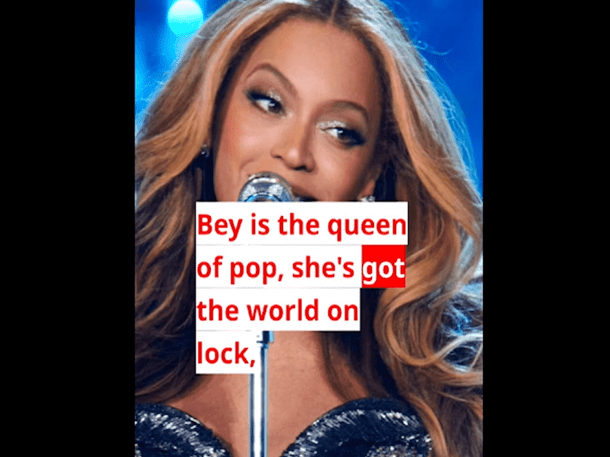Aftonbladet, Sweden’s largest daily newspaper, recently conducted an experiment in response to the challenges of reaching younger audiences with news content.
At the suggestion of a youth panel, the newspaper tested news stories transformed into rap songs using an AI service. Although the results were somewhat cringeworthy, Aftonbladet aimed to spark a debate about creating news content that appeals to the younger generation.
Last autumn, Aftonbladet’s parent company, Schibsted, and the Tinius Trust, a nonprofit foundation controlling it, gathered young people from marginalized areas of Stockholm. The objective was to understand the difficulties traditional media face in engaging population groups that increasingly avoid consuming news. The panel, consisting of ten individuals, was tasked with developing product ideas to foster trust in editorial media among young people. One of their suggestions was to transform news articles into musical pieces.

Aftonbladet implemented this idea on its website by selecting a set of stories and feeding them into an AI service responsible for summarizing them as songs. The newspaper offered two options to its young audience: news stories presented as rap songs or as rhythmically enhanced summaries accompanied by AI-generated music. Around half of the test users chose to experience both formats, and the most popular story was about Beyoncé’s upcoming Renaissance tour in Sweden. Aftonbladet shared the resulting rap video, with lyrics in English, to showcase the experiment’s outcome.
Although Aftonbladet does not regularly provide an article-to-rap service on its website, the publication acknowledged the value of AI in its workflow for tasks such as video captioning and interview transcription. The newspaper is also developing additional tools to support journalists in their work. Andreas Landmark was recently appointed as Aftonbladet’s “AI general” to oversee the implementation of AI technologies.

Deputy editor-in-chief Martin Schori emphasized the underlying seriousness of the experiment, stating that young people do not appreciate how the news industry presents its content. The media industry requires a significant challenge, as surveys indicate that young people are interested in news but not satisfied with its presentation.
Schori believes that “News as Music” is an example of potential future approaches, encouraging the industry to explore new conventions and listen to the preferences of future news consumers.
A qualitative study conducted by the Reuters Institute highlighted that young people exhibit comparable interest in news to older generations. However, they tend to engage with news through various brands and formats, often via social media. Schori expressed that while the experiment may not represent the exact future of news delivery, it successfully provoked a debate about the necessity of challenging traditional news presentation methods.
One of the original panelists, Jumane, shared positive feedback about both the rap songs and the AI rhythm stories. The instrumental elements added an enjoyable aspect to the news experience, and the rap songs made it more fun.

Aftonbladet’s experiment aligns with previous attempts to combine news and music. In 2017, the journalist group Climate Symphony used sound to transform climate data, offering a novel approach to conveying the issue of climate change.
The experiment indicated the need for the media industry to challenge traditional conventions and adapt to the preferences of future news consumers. While “News as Music” may not be the exact future, it represents a stepping stone towards innovative approaches in news presentation.


